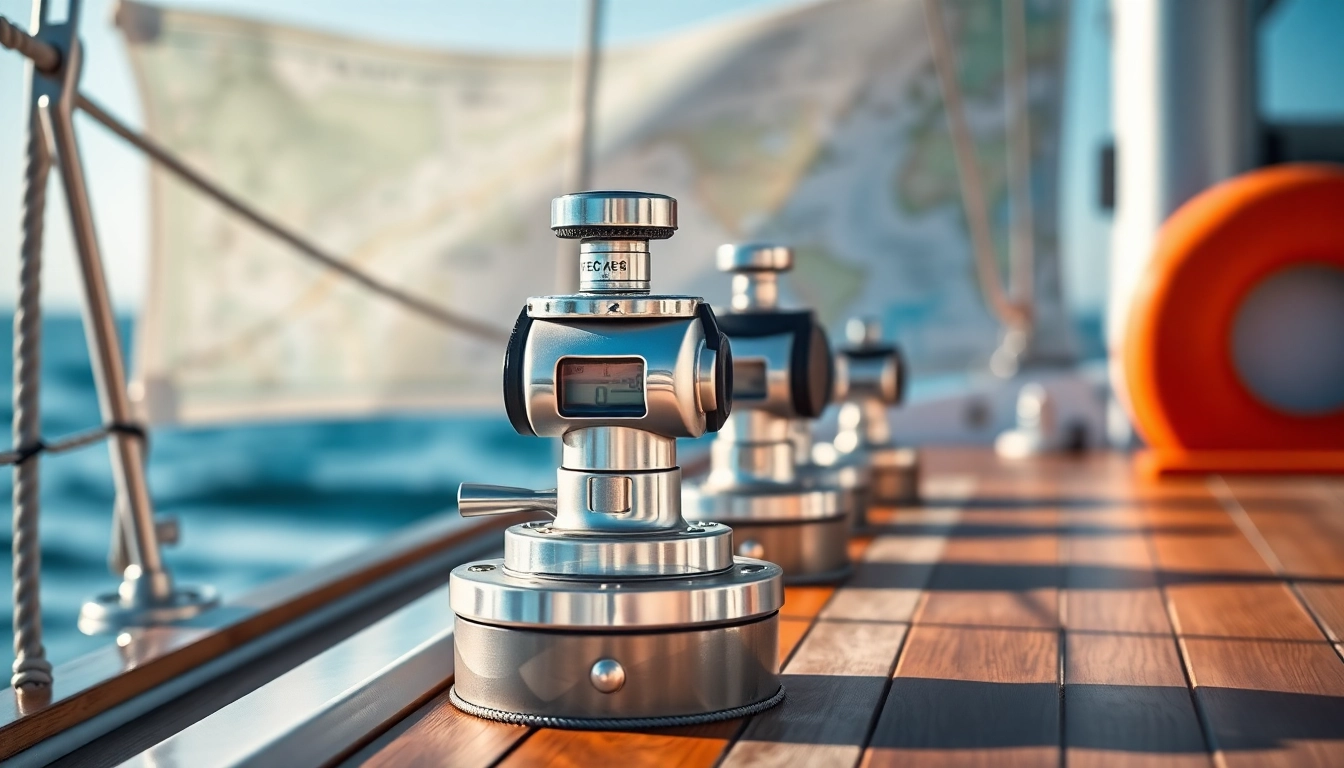The Art and Science of Marine Navigation: Mastering Boots Versegelung for Precise Sailing
Navigation on the open water combines timeless tradition with cutting-edge technology to ensure safety and efficiency. Among the foundational skills is Boots Versegelung, a critical technique for determining a vessel’s position using terrestrial references. Whether you’re a seasoned sailor or an enthusiastic beginner, understanding the essentials of boots versegelung can drastically improve navigation accuracy and confidence. This comprehensive guide explores the principles, methods, and practical applications of this vital skill, providing you with actionable insights to elevate your maritime competence.
What Is Boots Versegelung and Why Is It Critical?
Definition and Significance
Boots versegelung, often translated as “sea sailing” or “marine sighting” in English, refers to the technique of establishing a vessel’s position by observing identifiable terrestrial objects and measuring angles relative to the vessel’s current heading. Unlike electronic navigation systems such as GPS, boots versegelung relies on visual cues and precise angular measurements, making it an essential backup method and a fundamental skill ingrained in nautical traditions.
Historical Context and Evolution
Rooted in centuries-old navigation practices, boots versegelung has evolved from manual angle measurements using simple tools to sophisticated electronic systems. Historically, sailors relied on landmarks, coastlines, and celestial bodies, gradually integrating devices like binoculars, sextants, and compasses. Modern navigation still values these traditional techniques due to their reliability and independence from electronic failures, especially in remote areas or adverse conditions.
Key Terms and Basic Concepts
- Peilung (Bearing): The measured angle between the vessel’s heading and a terrestrial reference object.
- Standlinie (Position Line): An imaginary line on a chart indicating the possible location of the vessel based on a single sighting.
- Markierung (Fix): The intersection point where multiple standlines converge, pinpointing the boat’s position.
Techniques and Methods in Boots Versegelung
Terrestrische Peilung: Step-by-Step Guide
Performing a terrestrial peilung involves systematic observation and measurement. Here are the core steps:
- Preparation: Select prominent and identifiable landmarks visible from your vessel.
- Instrument Setup: Use a compasses or binoculars with angular measurement capabilities (e.g., a sighting compass or a theodolite).
- Alignment: Line up the instrument with the chosen object, ensuring stability and accuracy.
- Measurement: Record the angle between your heading and the landmark, noting the exact time of observation.
- Plotting: Transfer the measured bearing onto your nautical chart, drawing the corresponding standline.
Utilizing Modern Navigation Instruments
Today, electronic devices such as handheld GPS units and digital compasses complement traditional techniques. Nonetheless, practicing manual measurement remains vital for reliability. Advanced tools like electronic theodolites and marine autopilots with integrated sighting functions enhance accuracy, especially in complex scenarios.
Practical Tips for Accurate Observations
- Choose stable weather conditions to minimize measurement errors caused by movement or turbulence.
- Ensure your instrument’s calibration is correct before each deployment.
- Use high-contrast, clearly recognizable landmarks for better visibility.
- Record environmental factors such as distance, angle, and time precisely for subsequent calculations.
Applying Boots Versegelung Effectively and Avoiding Common Mistakes
Frequent Errors and How to Counter Them
Incorrect measurements often stem from environmental distractions, instrument misalignment, or misinterpretation of readings. To prevent these:
- Double-check instrument calibration regularly.
- Avoid measuring during rough seas or high wind, which can shake the instrument.
- Use multiple landmarks to cross-verify positions and reduce reliance on a single measurement.
- Keep detailed logs of all sightings, including weather and visibility conditions.
Checkliste für Effektivität unter Verschiedenen Bedingungen
Use this practical checklist to optimize your peilung sessions:
- Clear line of sight to landmarks
- Stable and level instrument placement
- Accurate timekeeping synchronized with measurements
- Proper illumination for night measurements
- Assessment of environmental influences like fog or glare
Wartung und Kalibrierung der Navigationsgeräte
Regular maintenance ensures measurement precision. Clean optics, check calibration settings, and verify instrument alignment against known references periodically, especially before long trips or complex navigation scenarios.
Integrating Boots Versegelung into Broader Navigation Strategies
Synchronizing with Electronic Tools
Combining traditional methods with electronic GPS and AIS systems creates a robust navigation system. Using boots versegelung to cross-verify electronic data enhances safety and builds navigational confidence.
Advanced Techniques: Kreuzpeilung and Doppelpeilung
To improve positional accuracy, sailors employ cross-peilung (Kreuzpeilung) and double-peilung (Doppelpeilung). These involve taking simultaneous bearings from two different positions or combining multiple sightings to intersect at a precise point. Structured practice with these methods lays the groundwork for confident navigation in challenging conditions.
Field Applications and Real-Life Scenarios
Imagine navigating through a narrow strait with limited electronic signal—manual peilungs on prominent cliffs, combined with cross-referenced bearings, can help ensure you stay anchored within safe boundaries. Proper planning, execution, and chart plotting become crucial in such scenarios.
Enhancing Navigation Proficiency and Performance
Analyzing and Documenting Your Sightings
Accurate record-keeping enables post-navigation analysis, helping identify errors and refine techniques over time. Maintain logs that document environmental conditions, angles measured, landmarks used, and subsequent position calculations.
Ongoing Training and Skill Development
Regular drills involving land-based simulations and at-sea practice keep skills sharp. Participating in navigation courses or joining experienced crew members’ sessions enhances competence and confidence.
Emerging Advances in Navigation Technology
The future of boots versegelung includes integration with augmented reality glasses, advanced sensor fusion, and AI-assisted plotting. Staying updated on these innovations can provide advantageous tools, but mastery over core manual techniques remains indispensable.


